Now, assuming that you already know about solar panels and how they work, you might also start to ask what solar panels need to work properly. The solar modules need the following to maximize solar energy production.
- Exposure To Sunlight
- Properly-Sized Cables
- Good Quality Solar Inverters
- Properly-Sized Breakers, Switches, and Fuses
- Quality Installation Of The Solar Power System
- Solar Power Plant Operation And Maintenance
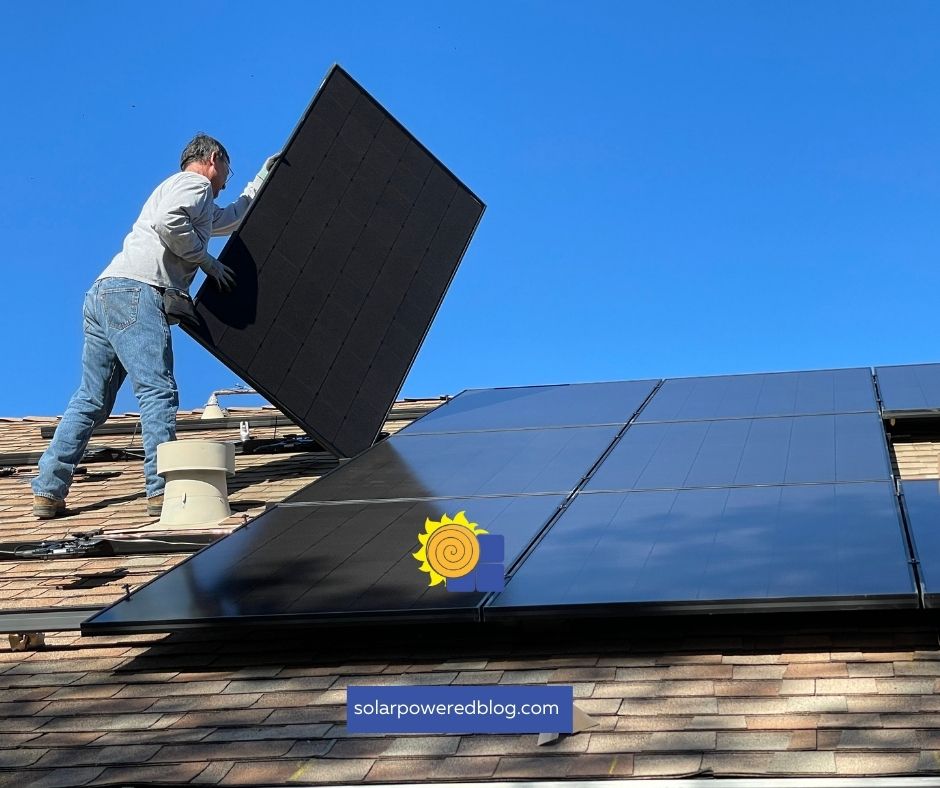
Solar energy is used more extensively to power homes, commercial premises, and industrial sites around the world today than in the past few years.
Generally, these power consumers use solar panels to collect energy from the sunlight and convert it into usable electricity. It is now becoming a norm to take advantage of this renewable energy technology, especially when you know how to make the best out of it.
If you want to dig deeper into the topic, you may continue reading the rest of the article.
1. Exposure To Sunlight
There’s no doubt that solar panels need maximum sunlight exposure to work. It is known that solar panels will not produce solar energy when the sun goes down or if any object blocks sunlight. Its solar energy production is directly proportional to the exposure of the solar cells to the sun’s rays.
For your solar power system to work properly, your solar modules should be shade-free. The presence of shade on the surface of the solar panels will drastically reduce their power output. Thus, we need to learn about solar orientation as well.
Since we want to optimize sunlight exposure for the solar modules, we must discuss these important things below.
- Tilt Angle
- Azimuth Angle
- Solar Trackers
What Is The Best Tilt Angle For Solar Panels?
Proper positioning for your solar PV array is a crucial factor in optimizing solar energy. It’s undeniably true especially when you install your solar panels in a fixed position. It will significantly affect the system’s energy production if you install the solar panels in the wrong direction or angle.
Before installing your solar modules, you need to know their optimal orientation and tilt angle. To do this, you will need to determine the location of your solar panel installation.
The optimum tilt angle for solar panels will vary depending on the latitude of where the project is located. It will not always be the same for different regions because it is based on the sun’s average position over a particular location.
What Is The Solar Azimuth Angle?
The azimuth of a natural object (visible in the sky) is the angle between the vertical plane containing it and the plane of the meridian. When we talk about solar azimuth angle, it means the azimuth angle of the sun’s position.
This horizontal coordinate defines the Sun’s relative direction along the local horizon, whereas the solar zenith angle (or its complementary angle solar elevation) defines the Sun’s apparent altitude.
Source: Wikipedia
When installing solar panels on a fixed mounting structure, it is essential to know about the solar azimuth in your region. With that information, you will know which direction your solar array will need to face to maximize solar energy production. It will only happen when you get to learn about the concept of solar azimuth angle.
For example, if you live in the United States, you will want to install your solar modules facing the South as much as possible. The sunlight exposure will be more in this direction, as this region is in the northern hemisphere. In Australia, their solar panels will usually face northwards since they are located in the southern hemisphere.
How Do Solar Trackers Help Maximize Solar Energy Production?
When you want the surface of your solar panels to be perpendicular to the sun rays, you will need solar trackers. They are a combination of mechanical and electronic devices that help increase the solar energy that the solar collectors are receiving.
Solar trackers maximize the exposure of the solar modules to sunlight, thus, maximizing solar energy production. A solar tracking system will allow your modules to follow the sun from morning until sunset.
Unlike the fixed mounting structures, there’s no need for you to worry about the best tilt and azimuth angles when you have solar trackers. They will adjust the tilt and rotate accordingly as the modules track the sun’s path.
2. Proper Sizing Of Cables
Solar panels require properly sized cables to function properly. The design part of the system might involve a lot of calculations and application of well-known engineering standards such as IEC and NEC.
The solar cable sizing will primarily be considered base upon the maximum current that the solar modules, strings, or arrays could produce.
How Does Cable Size Affect The Solar Power System?
There are many ways that the cable size might affect the performance of your solar PV system. The most common of which are the following.
- Output Power Efficiency
- Reliability
- Safety
Output Power Efficiency
Solar panels require properly sized cables to function properly. The design part of the system might involve many calculations and applying well-known engineering standards such as IEC and NEC.
The solar cable sizing will primarily be considered base upon the maximum current that the solar modules, strings, or arrays could produce.
How Does Cable Size Affect The Solar Power System?
There are many ways that the cable size might affect the performance of your solar PV system. The most common of which are the following.
- Output Power Efficiency
- Reliability
- Safety
Output Power Efficiency
When you size the cables for your solar power system poorly, it might end up with a significant power loss due to cable resistance. It happens when the cross-section area of the chosen cable is less than the standard size.
As the cable size gets smaller, its resistance also grows bigger. As a result, it will cause considerable power loss, especially when you have a high amount of currents running through it.
You need to consider that the formula of the cable losses is as follows:
Power Loss = (Resistance) x (Current)^2
Therefore, choosing a small conductor for your solar power system will affect the system’s power output. Ultimately, it can also affect the power efficiency and your return on investment as a whole.
Reliability
As the solar power system involves transferring power from the panels to the inverters through cables, its reliability must not be taken for granted. When you consider just any type of cable, not caring for the proper sizing and the quality, it could be a complete disaster.
Always remember that you are dealing with high voltages and currents in DC form. This is why it is imperative to properly size your cables to have a reliable solar power system. It will also avoid any interruption to your solar energy collection, thus, improves your system’s overall performance.
Safety
Safety should always be a priority for electrical systems, especially for a solar energy plant. Having correctly sized cables will let you avoid so many safety issues.
By choosing the excellent quality of your cables and the correct sizing of your power conductors, you will be confident that your system is safe. It should be safe not only for your equipment but also for the people operating them.
Basics Of Sizing Cables Properly
To size the cables properly, you need to check the cable specifications and compare them to the amount of electricity that will pass through the conductors. There are specific standards accepted in each region for cable sizings, such as IEC, British Standards, and NEC.
To properly size your cables, you need to do the following.
- Calculate The System Current Ratings
You can identify the system current rating by knowing how many strings you have and how much current will flow from each string. You will also need to note that when you connect the strings in parallel, their current will add up on the output stream. - Determine The Cable Specifications
The information for the cables you want to use will be available when you have their datasheets. You can get it from the supplier or manufacturer when you ask it from then. - Conduct Voltage Drop Calculations
There are many voltage drop calculators available today, even online. You just need to know the cable’s length, size and conductor type. As long as you do not exceed the maximum allowable voltage drop, which is 3%, your system will be more secure. - Select Cables Based On The Well-known Engineering Standards
After getting all the information here, you need to check if the cables have certifications from trusted and highly recognized testing companies like TUV-SUD, UL, etc.
Determining the correct size of your cables is crucial to the performance and economy of your solar power plant. When you consider an undersized cable, it will lead to significant loss and safety issues. If you choose an overly sized cable, you will be spending much money on it, which could be unnecessary.
3. Good Quality Solar Inverters
Solar panels need good quality solar inverters to work correctly. Leading inverter manufacturers produce highly efficient products with efficiency ranging from 95 to 98 percent. When making the most out of your solar panels, you also need to invest in high-quality inverters.
I have written about the best 10kW solar inverters in my previous blog post. From there, you will see the top manufacturers right now that can help you achieve the optimum potential of your solar power plant.
4. Properly-Sized Breakers, Switches, and Fuses
To work effectively, your solar power system needs properly sized breakers, switches, and fuses. It is a similar concept to properly sizing the cables that you need to analyze the current ratings and specifications of your protection devices.
Standard sizes for fuses and fixed trip circuit breakers, per 240.6, are 15, 20, 25, 30, 35, 40, 45, 50, 60, 70, 80, 90, 100, 110, 125, 150, 175, 200, 225, 250, 300, 350, 400, 450, 500, 600, 700, 800, 1000, 1200, 1600, 2000, 2500, 3000, 4000 5000, and 6000 amps. Additional standard fuse sizes are 1, 3, 6, 10, and 601 amps
Source: B-Line
When you have breakers and fuses with proper current ratings installed, you will be more confident that your system will be safer and more reliable. It will also save you more money in the long run to protect your cables, devices, and other things related to the solar power plant.
It is when your system reliability is high that you will maximize your solar panels. There will be less to no interruption to their solar energy collection. It’s one more reason why you should never neglect the proper sizing of your fuses, breakers, and switches.
5. Quality Installation Of The Solar Power System
Solar panels also require proper installation to function correctly.
Given that you got it right on the design stage, there still are things you must consider. You got the correct ratings of the breakers, the proper sizes of the cables, and the quality materials for your solar power plant. But, if you let the installation part be of less to no quality, your solar panels will not function well.
You need to observe several ways and practices to have a quality solar panel system installation. Listed here are some of the things you need to give attention to when having your system installed.
- Always check your approved drawings and plans before installing the solar power system.
- Make sure the solar mounting structures are correctly installed.
- Ensure that the clamps of the solar panels are tightened appropriately.
- See to it that the solar panel connectors have no loose connections.
- Make sure that the cable runs are protected with conduits, cable trays, or cable trunks.
- The inverters should be installed in a shaded area where there is easy access for maintenance.
- Make sure that the breakers have no loose connection with the cables.
- Always make sure that the wires have tags or labels.
- If batteries are installed, make sure it is placed in a cool and temperature-controlled area.
- Make sure all the cables are free from damages and stress due to any obstructing objects.
- Always see to it that the solar array area will not be shaded.
It is always best to have a professional solar panel installer install your system. However, also make sure that they follow the local regulations for solar power system installation.
6. Solar Power Plant Operation And Maintenance
Solar panels need proper maintenance to work effectively. As we all know, the O&M (Operation and Maintenance) of the solar power plant is crucial to the health of the whole system, including the modules.
This task involves, but are not limited to, the following:
- Visual assessment of the solar plant
- Checking for any damages on the solar panels
- Checking for any loose connections
- Getting the logs of the inverters
- Monitoring the system remotely
- Cleaning of the solar panels regularly
- Checking the health of the inverters
- Checking the health of the batteries, if available
- Examining the structural integrity of the mounting structures
- Checking for any damages to the AC and DC cables
- Making sure the breakers, switches and fuses are intact
Bonus Tip: Solar Panel Cleaning
So, whether you are installing a monofacial or bifacial solar panel system, there will come a time that they will be covered by dusts and other objects. With the obstruction of sunlight caused by the foreign objects, your solar energy output will also be affected – it will decrease significantly.
Thus, solar panel cleaning is very crucial in maintaining your solar power output and in keeping your system in proper working condition. The jump on the energy production will be very noticeable once you have taken away the dusts on your solar module’s surface. This way, you can keep your PV system longer while also enjoying more kWh into your home for your electricity requirements.
Do Solar Panels Work In The Shade?
Solar panels might still work in the shade; however, the shadow will reduce their output power significantly. Let’s say you have a solar panel with 400W capacity, which a nearby building will shade during 2 PM. So, instead of getting around 300W (assuming this value is what you get during this time of the day), you might get about 40W.
So, to compensate for this scenario, you will need a total of 10 solar panels to get 400W during the time your solar modules are under the shade.
Yes, the shade is not suitable for your solar PV system. That’s why it is best to design and plan your solar panel system properly before diving into the installations.
Final Thoughts: What Do Solar Panels Need To Work Properly?
Many things could hinder you from maximizing the use of your solar panels. However, some ways will make sure you can get the best out of your solar energy collectors.
I have shared six important things your solar panels need to harness solar energy correctly. The list includes exposure to sunlight, properly sized cables, good quality solar inverters, properly sized breakers, proper installation, and maintenance. When you neglect these points, your solar power plant might not perform well, affecting solar energy production.
Sign up to our newsletter now and be part of the Solar Powered Fam!
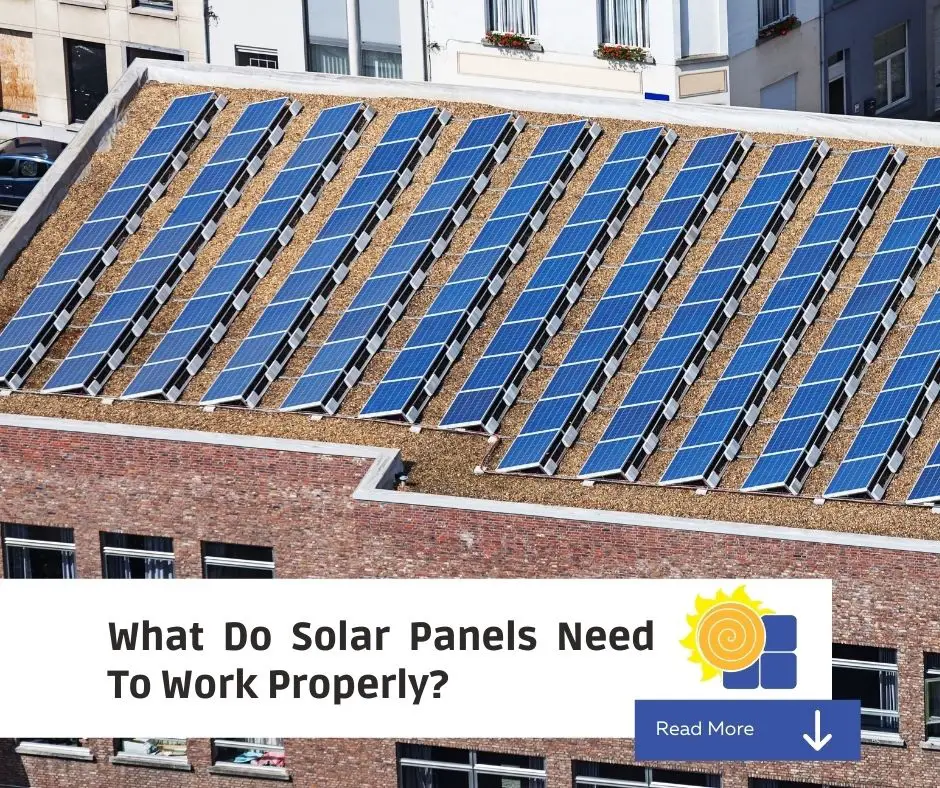

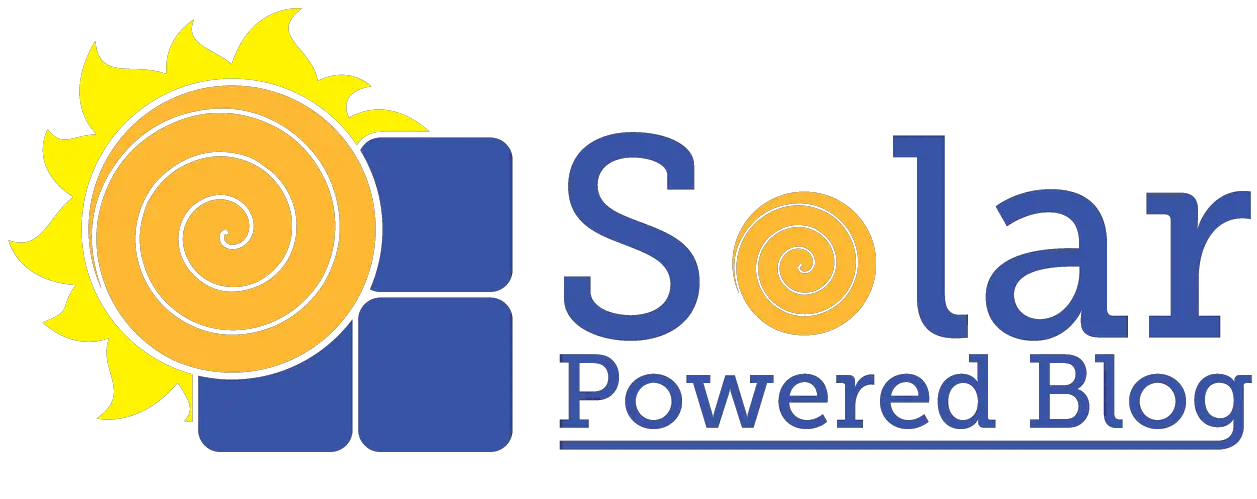

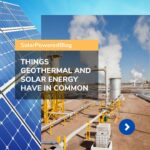
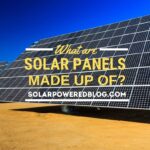
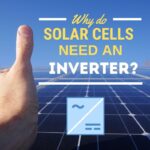

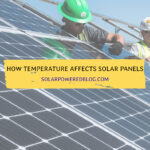
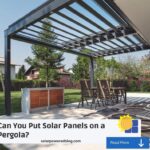
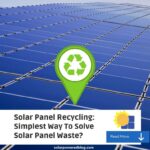

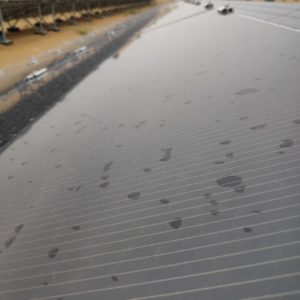
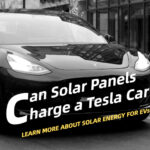
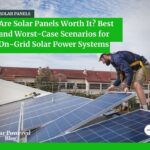

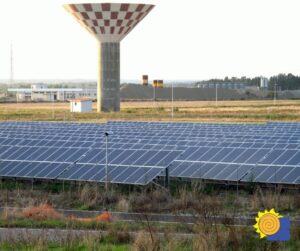
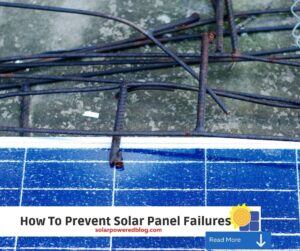

Don’t forget cleaning! Worked like a charm for my system!
Wow!! Amazing blog. you are really a great writer. your solar panel procedure is really great. Solar panel installation is important for saving money and the environment.